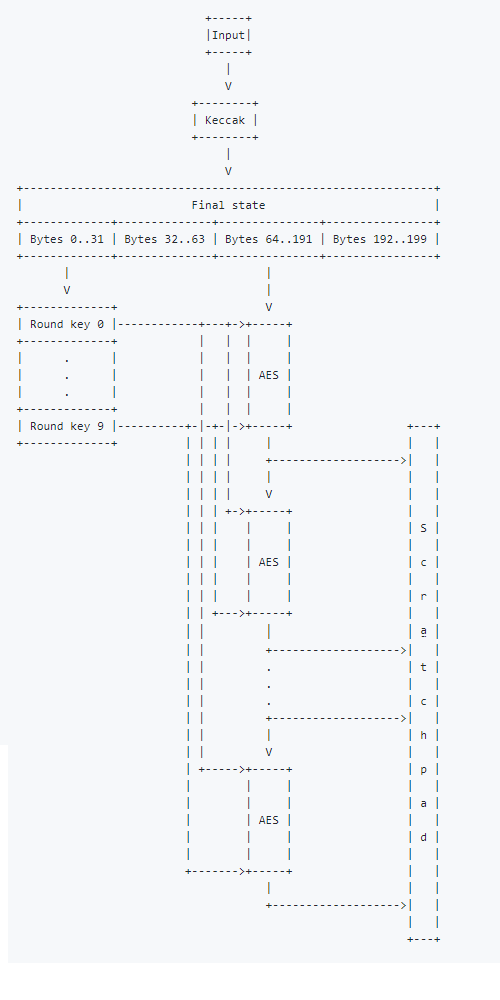I'm embarking on the fool's errand of attempting to understand the Monero hash algorithm. Using this link -- https://cryptonote.org/cns/cns008.txt, I'm struggling to understand this step
3. Scratchpad
...
for i = 0..9 do:
block = aes_round(block, round_keys[i])
The docs say "SubBytes, ShiftRows and MixColumns steps are performed". SO which of these function is "aes_round" ? What would be an example input and output?
